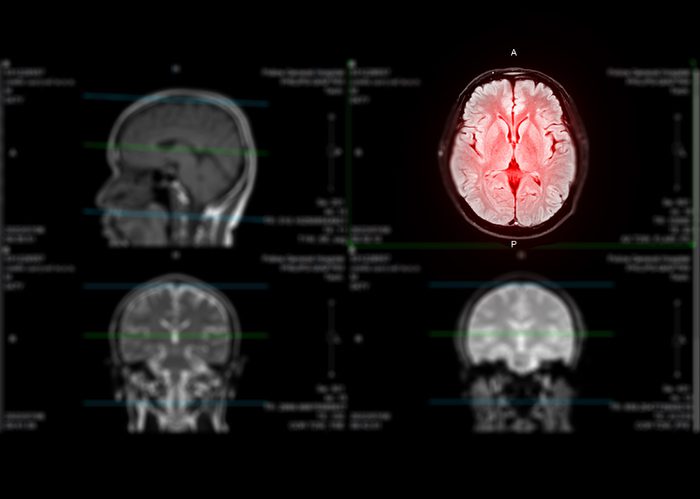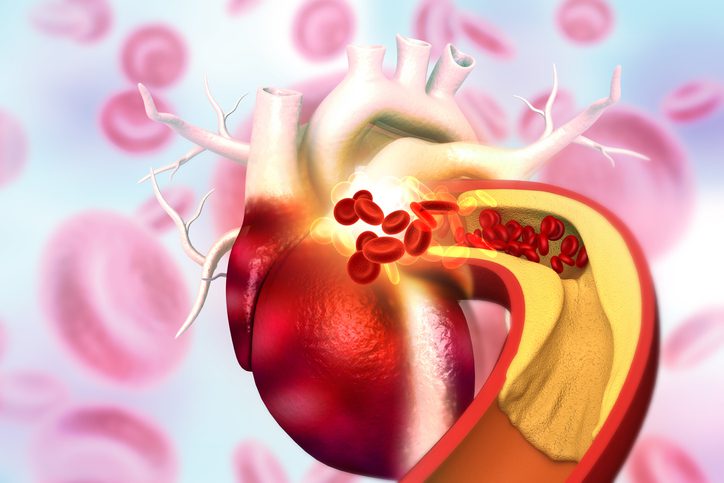Understanding Stroke
A stroke, or cerebrovascular accident, can lead to severe physical disabilities and cognitive impairments. In this blog post, we aim to provide a comprehensive understanding of the causes, symptoms, prevention, and treatment of stroke to help maintain a healthy lifestyle.

Causes and Risk Factors of Stroke
Strokes can occur due to various complex causes, some of which include:
- Hypertension: High blood pressure is one of the major causes of stroke. Persistent high blood pressure increases the risk of stroke.
- Heart diseases: All conditions that disrupt the optimal functioning of the heart can increase the risk of stroke. These include myocardial infarction, rapid arrhythmias, and more.
- Diabetes: High blood sugar levels can cause damage to blood vessels and affect the brain’s vascular tissue, thereby increasing stroke risk.
- Hyperlipidemia: High cholesterol and triglyceride levels can block blood vessels, leading to stroke.
- Smoking: Nicotine and carbon dioxide contraction of blood vessels can increase stroke risk.
- Obesity: Excess body fat and weight can heighten the risk of stroke.
Other factors such as chronic stress, low oxygen levels, chronic inflammation, age, and genetic predispositions can also contribute to an increased risk of stroke.

The Diagnostic Process for Stroke
Prompt assessment and treatment of stroke patients are crucial. Swift action can help minimize brain damage caused by stroke.
The following tests and procedures are conducted during the diagnostic process for stroke:
- Assessment of vital signs and neurological symptoms: Medical professionals evaluate the patient’s swift movement and neurological symptoms, such as the Garey Scale.
- Blood tests: Blood clotting status is assessed, along with any factors that could impact blood coagulation.
- Imaging tests: Computed tomography (CT) or magnetic resonance imaging (MRI) scans help in determining the presence and extent of brain damage or bleeding.
- Magnetic resonance angiography (MRA): This test allows for a precise evaluation of blood circulation and blood vessel conditions in the brain.
- Carotid ultrasound: This test examines blood flow and blood vessel conditions in the carotid artery.
- Heart exams: Electrocardiogram (EKG) and echocardiogram tests evaluate heart conditions and identify possible causes.

Treatment Methods for Stroke
The specific treatment for a stroke depends on the type and cause of the stroke. Here are some general treatment methods to consider:
- Emergency treatment: Prompt treatment is necessary to minimize brain damage.
Tissue plasminogen activators (tPA), which serve as clot-busting agents, can be used. - Surgery and therapeutic procedures: For hemorrhagic strokes, surgery may be required to repair blood vessels, remove accumulated blood, or alleviate pressure.
- Cerebrovascular opening techniques: Techniques such as catheter-based clot removal and endovascular reperfusion therapy can be used.
- Personalized treatment: Ischemic stroke patients may be provided with clot-busting drugs, while hemorrhagic stroke patients might undergo carotid artery sclerosis treatment or other suitable methods.
- Rehabilitation therapy: Stroke patients can receive assistance in restoring their physical, sensory, cognitive, and language abilities through a range of rehabilitation programs.

In Conclusion
Utilizing the best prevention and treatment methods can help reduce the incidence of stroke and manage the condition more effectively. Regular check-ups and consistent management of conditions like hypertension, diabetes, and hyperlipidemia will greatly help prevent stroke.
By maintaining healthy lifestyle habits, undergoing periodic screening, and managing these risk factors early on, you can prevent cerebrovascular accidents and protect the health of your loved ones.
Recent studies have also shown that stress reduction, regular sleep, and exposure to nature-friendly environments can help prevent stroke.
Building good habits, seeking early detection, and managing risk factors are key points for preventing stroke and maintaining a healthy life.
Be proactive and persist in seeking help, even when facing challenges during the recovery journey.
Understanding Stroke: Causes, Symptoms, Prevention, and Treatment



Leave a Reply